1 x £10 bill
The ten-dollar bill ($10) is the denomination of United States currency. The portrait of Alexander Hamilton, the first Secretary of the Treasury of the United States, can be found on the bill’s reverse. The U.S. Treasury Building appears on the reverse. All $10 greenbacks gave today are Central bank Notes.
The average lifespan of a $10 bill in circulation as of December 2018 was 5.3 years before it was worn out.[2] Federal Reserve Banks deliver ten-dollar bills in yellow straps.
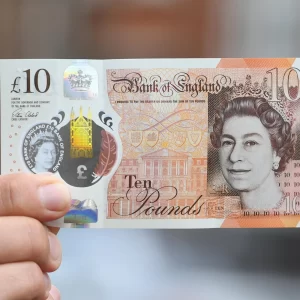
History
John Trumbull’s portrait of Hamilton from 1805, which is in New York City Hall’s portrait collection, is the inspiration for the portrait on the $10 bill. The only denomination in circulation with a portrait facing to the left is the $10 bill, making it unique. It also features Benjamin Franklin, one of two non-presidents on US bills that are currently in circulation. Hamilton is also the only person who is currently depicted on U.S. paper currency who was not born in the continental United States or British America—he was from the West Indies; In the past, three more have been depicted: Albert Gallatin of Switzerland received a legal tender worth $500 in 1862/63, George Meade of Spain received a $1,000 1890/91 Treasury Note, and Robert Morris of England received a legal tender worth $1,000 in 1862/63; $10.00 (1878/80) Silver Certificate
History of large notes (approximately 7.4218 3.125 in 189 79 mm) Hamilton portrait by John Trumbull 1805 $10 Legal Tender note 1863 $10 Legal Tender note 1880 $10 Legal Tender 1861: The first $10 bill was issued as a Demand Note with an allegorical art-related figure on the right and a small portrait of Abraham Lincoln on the left side of the obverse.
1862: The face design of the first $10 United States Note was very similar to that of the 1861 Demand Note; However, the reverse was slightly altered. The slang term “sawbuck,” which refers to a $10 bill, may have its origins in the Roman numeral “X.”
1863: Interest Bearing Notes were issued with a portrait of Salmon P. Chase and a liberty scene. They could be redeemed for $10 plus 5% interest one year after the bill’s date. Additionally, the notes could be spent for precisely $10.
1864: The face design of the 1863 Interest Bearing Note was used to issue compound interest Treasury Notes, which had a face value that increased by 6% compounded semiannually. The note’s ability to be utilized for $10, plus interest, is unknown.
1869: On the left side of the obverse of a new $10 United States Note, a portrait of Daniel Webster and an allegorical representation of Pocahontas presenting herself to the Royal Court of England are shown. Because the eagle on the front of this note looks like a donkey when it is turned upside down, it is referred to as a “jackass note.”
1870: The National Gold Bank Notes were issued by participating national banks specifically for payment in gold coin. They feature a scene of Benjamin Franklin flying a kite on the left and liberty and an eagle on the right. A picture of gold coins from the United States was on the bill’s back.Buy Visa Gift Card Online
1 x £10 bill
The denomination of United States currency.
The ten-dollar bill ($10) is the denomination of United States currency. The portrait of Alexander Hamilton, the first Secretary of the Treasury of the United States, can be found on the bill’s reverse. The U.S. Treasury Building appears on the reverse. All $10 greenbacks gave today are Central bank Notes.

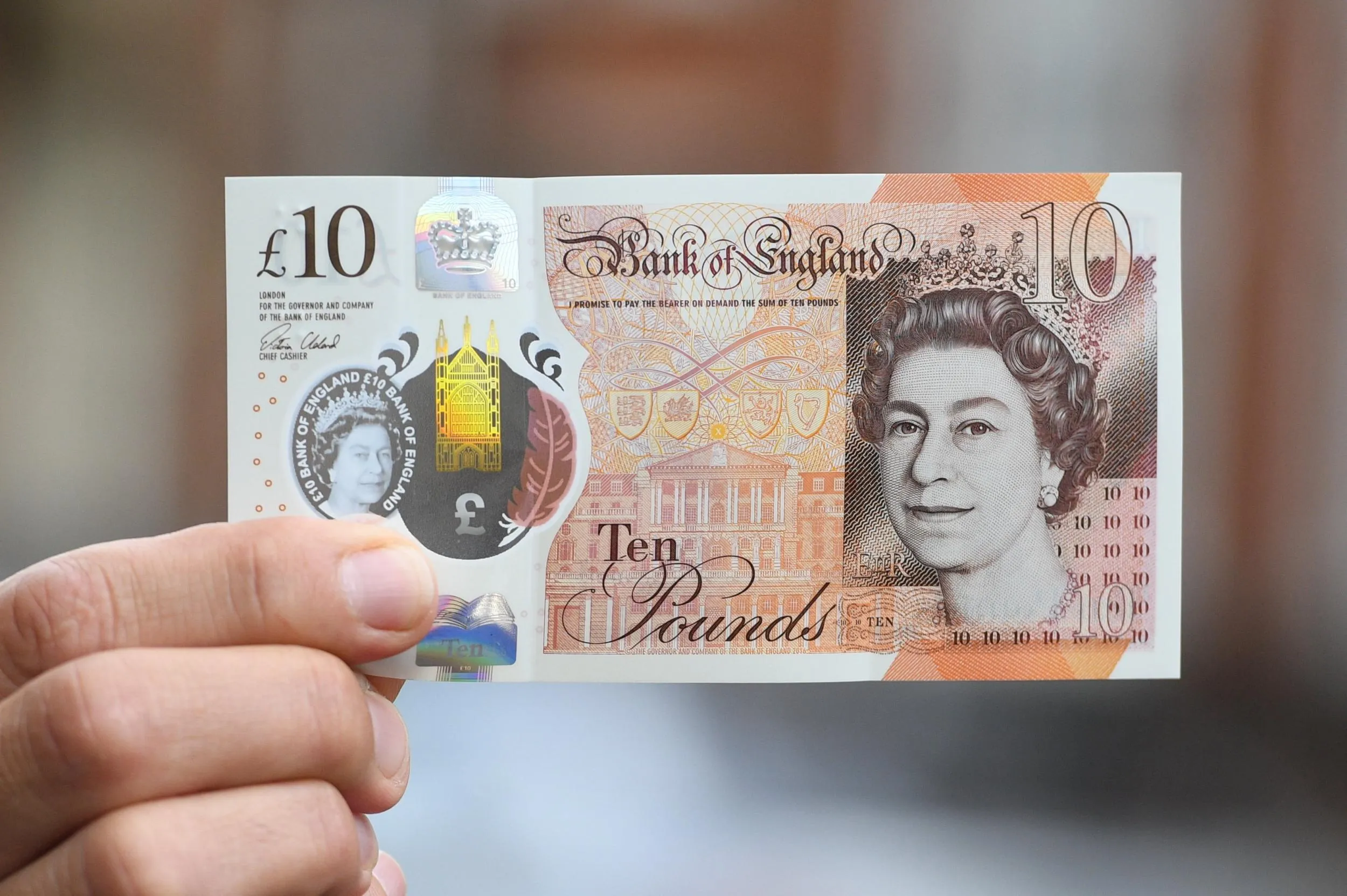
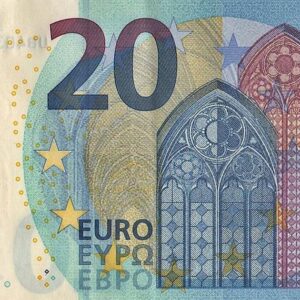
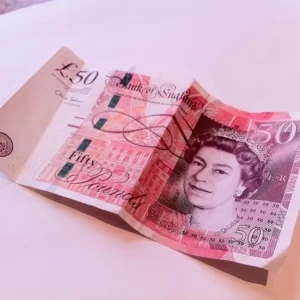
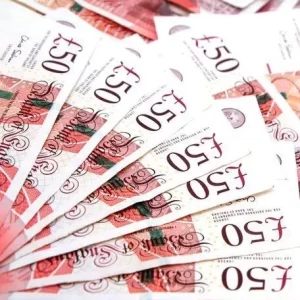
Reviews
There are no reviews yet.